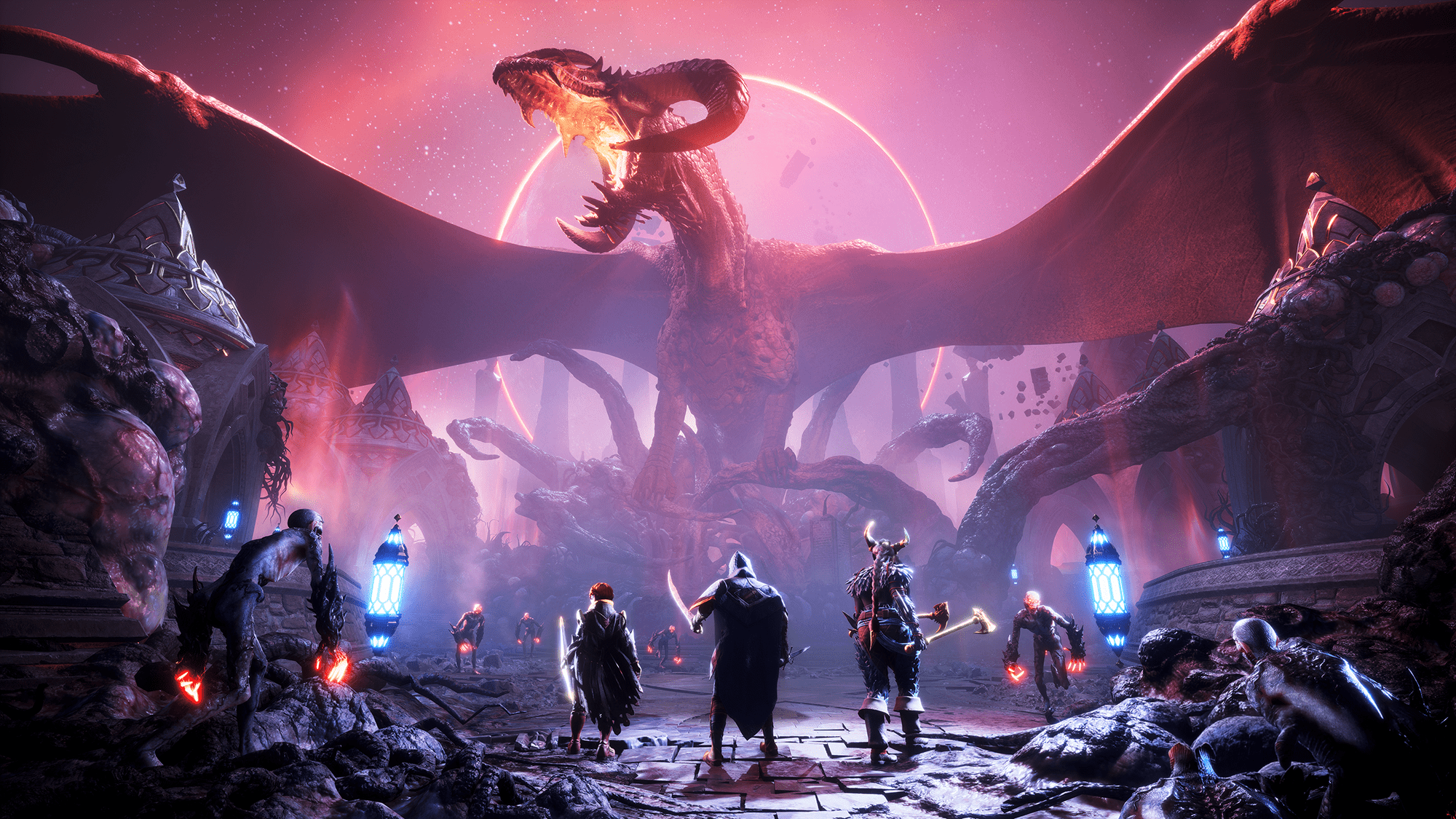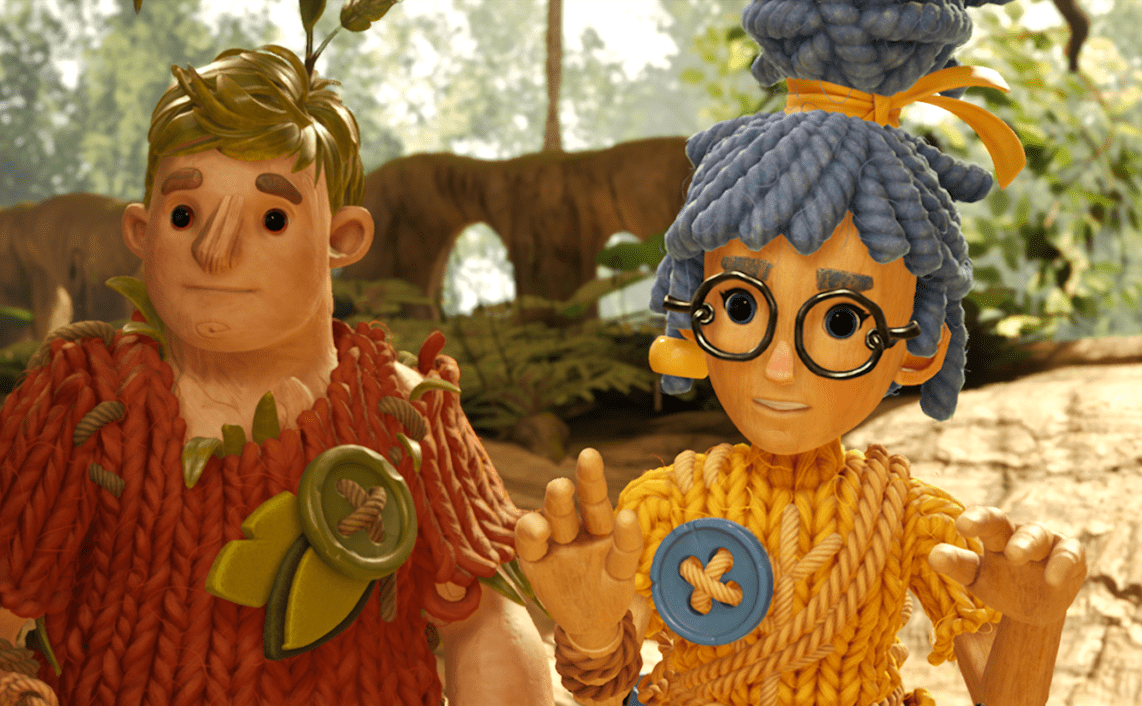Apart from the spectacular and surprisingly challenging combat, Dragon Age: The Veilguard plays it frustratingly safe. With its gingerly choice of a cuddle-group tonality, apparently aimed at making the players feel good about the choices they made, dialogue often sounds like HR is in the room. Gameplay wise, we would have wished for an auto-pilot feature more often than not, to bypass the tedious occupational therapy of click and collect, that is the core of the game’s motivational loop. This game, so it seems, is so reluctant of presenting even the smallest challenge to its players, that even door handles got their own quest markers and hidden treasures are highlighted by a conspicuous golden glow, basically serving as a magical high visibility vest.
It is like BioWare asked Micky the Magician to design the game’s interface. With pretty much everything on screen soused in glow and some sort of catchy animation. Not only does it look like pop-ups of bloatware coming to life on a newly installed laptop, the overeager handholding renders our exploration drive and the chance for us to truely immerse ourselves in this world mute. It could not make our travels feel any less rewarding, if the game would just gift the loot to us instead, no questions asked.
The locations are intreguing and would have deserved better than a game with an inflated need to communicate making sure there is nothing left for us to discover on our own.
Thankfully, some on-screen indications can be adjusted or turned off in the game’s menues and we would highly suggest to do so. Still, this does not excuse the magnitude of creative bankruptcy and disrespect for the player’s intelligence, to think it is necessary to have the game point out every oh so little bit of remotely interesting content willy-nilly. Even going as far as having our companions spoil the solution to puzzles. For the most part then, Dragon Age: The Veilguard prioritises flow over substance and forgets that, in order to provoke the feeling of achievement and reward, you first have to allow players to encounter obsticles to overcome. It’s a shame, because the hand-crafted locations are actually intreguing and would have deserved better, than a game with an inflated need to communicate making sure there is nothing left for us to discover on our own.
The Veilguard simply forgets that, in order to provoke the feeling of achievement and reward, you first have to allow players to encounter obsticles to overcome.
It does not help that, more often than not, the dialogue also seems like it has been designed to primarily deliver a discriptive narration, rather than supporting an immersive and engaging experience. The lackluster writing disallowing characters to add something meaningful to the scene, but merely making sure the player knows exactly whats’s going on. Pretty much downgrading them to a fancy screen narration feature, dressed like it’s been booked for a highfashion show.
It is only fitting then, that like with Clippy the Paperclip, dialogue choices are often limited to different colors of the same message. Leaving us with little to none opportunities for anything but superficial roleplay. We would have, for example, wished for more chances for the player to disagree with another character. Maybe provoking at least some sort of interesting conflict between the party members, that does not feel like banter in a highschool cafeteria. This game then, is a bit like candy. Sugarcoated from top to bottom, tricking our dopamine hungry brain into wanting more, without realizing how little it actually does to satisfy our appetite.




